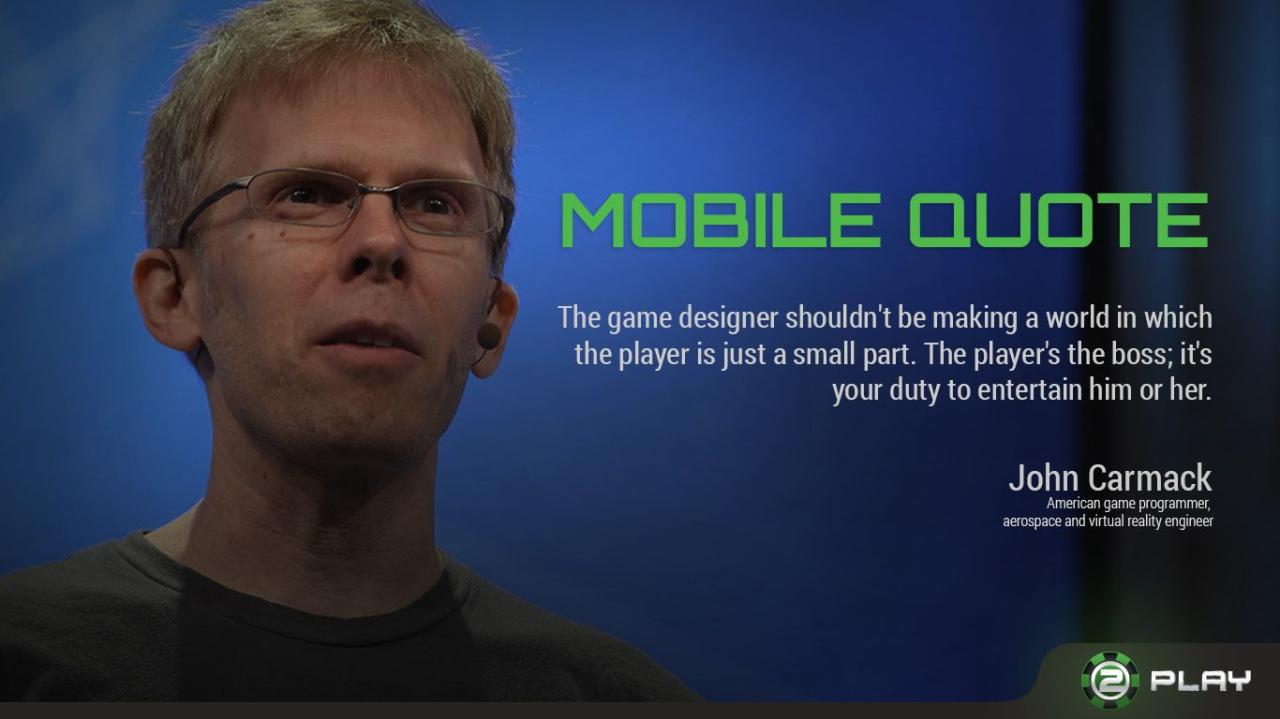In the sprawling, vibrant world of video games, dominated by mega-corporations with billion-dollar budgets and armies of artists and programmers, a powerful myth persists: the lone wolf developer who, through sheer talent and tenacity, crafts a hit game from their bedroom and becomes a millionaire.
It’s a modern-day David and Goliath story that fuels the dreams of countless aspiring creators.
We’ve all heard the legendary tales of games like Stardew Valley or Minecraft, born from the singular vision of one individual.
But here in late 2025, with game engines more accessible than ever and digital storefronts saturated with new titles daily, is this dream still an achievable reality, or has it become a statistical fantasy?
The truth is both more complex and more fascinating. The path to becoming a millionaire solo game developer has never been more fraught with challenges, yet the opportunities have never been more diverse.
It is no longer just about building a single, breakout hit. It’s about smart strategy, relentless marketing, diversified income, and, above all, an almost superhuman level of dedication.
The blueprint has changed, requiring a creator to be not just a developer, but also an artist, a marketer, a businessperson, and a community manager.
This in-depth article will decode the modern blueprint for the millionaire solo game developer.
We will move beyond the romanticized myth to provide a realistic, strategic guide.
We’ll explore the essential mindset, the critical development and marketing strategies, analyze the archetypes of successful solo creators, and break down the financial realities of turning a passion project into a multi-million-dollar enterprise.
This is the untold story of the immense struggle and incredible triumph behind the solo developer dream.
The 2025 Landscape: A New Set of Rules
The environment for solo developers today is a double-edged sword.
The barriers to entry have been obliterated, but the barrier to visibility has become a formidable wall. Understanding this landscape is the first step.
A. Democratization of Tools
Game engines like Unreal Engine 5 and Unity are incredibly powerful and essentially free to start with.
Asset stores are filled with pre-made art, sound, and code, allowing a single person to create visually stunning worlds that would have required a full team a decade ago.
B. Storefront Saturation
Platforms like Steam, the App Store, and the Nintendo eShop are flooded with thousands of new games each year.
Your game isn’t just competing with AAA blockbusters; it’s competing with a sea of other indie titles for a sliver of player attention. Standing out is the primary challenge.
C. The Rise of Niche Communities
The monolithic “gamer” audience has fractured into countless sub-communities.
There are dedicated, passionate audiences for hyper-specific genres, from cozy farming sims and complex factory builders to hardcore roguelikes and narrative-driven visual novels.
Success often lies in capturing the heart of one of these niche communities rather than trying to appeal to everyone.
D. The Creator Economy
Successful solo developers are often content creators themselves.
They build an audience on platforms like Twitch, YouTube, TikTok, or X (formerly Twitter) before their game is even released.
The developer is now part of the product, and their personality and development journey are key marketing assets.
The Strategic Blueprint: More Than Just Code
Becoming a millionaire is not an accident; it’s the result of a deliberate, well-executed strategy. For a solo developer, this strategy must be ruthlessly efficient and cover far more than just the game’s code.
A. The “Minimum Lovable Product” Philosophy
Forget the “Minimum Viable Product” (MVP). In a saturated market, “viable” isn’t enough. Your goal should be to create a “Minimum Lovable Product” (MLP).
This means focusing on a core gameplay loop that is incredibly polished, satisfying, and unique.
It’s better to have a short, 2-hour game that players absolutely adore and recommend than a sprawling 40-hour game that is buggy, generic, and unfinished.
Scope is the number one killer of solo projects; keep it small, but make it shine.
B. Mastering the Art of “Marketing First”
The fatal flaw of most aspiring developers is believing that “if I build a great game, players will come.” This is no longer true. Marketing must begin on day one.
- Build in Public: Share your development journey. Post screenshots, GIFs of new mechanics, and blog posts about your challenges. People connect with the story of creation.
- The Steam Wishlist Engine: For PC developers, the Steam Wishlist is the single most important pre-launch metric. A high number of wishlists tells Steam’s algorithm that your game is anticipated, leading to massive visibility during its launch week. All your pre-launch marketing should be laser-focused on driving wishlists.
- Identify Your Niche Influencers: Find the small-to-mid-sized YouTubers or Twitch streamers who specialize in your game’s genre. A positive review from a trusted influencer in a niche community is more valuable than a mention from a mega-influencer who plays a different type of game every day.
C. The Smart Developer’s Toolkit
You cannot do everything from scratch. The millionaire solo developer is a master of leveraging existing tools and assets to save hundreds of hours of work.
- Lean on Asset Stores: Don’t be ashamed to use pre-made assets for things that are not core to your game’s identity. Use them as a starting point and modify them to fit your art style. Your time is better spent on perfecting the gameplay.
- Embrace AI Assistance: In 2025, AI tools are a solo developer’s secret weapon. Use them to help generate placeholder art, debug code, write drafts for marketing copy, or even generate texture variations. These tools act as a force multiplier for a one-person team.
- Automate Everything Possible: Use tools to automate social media posting, community management (with Discord bots), and bug reporting. Every minute saved on administrative tasks is another minute you can spend on the game itself.
Archetypes of the Modern Millionaire Solo Dev

The path to seven figures is not monolithic. Different strategies lead to different types of success stories. Here are three common archetypes.
A. The Niche Visionary (e.g., Eric “ConcernedApe” Barone of Stardew Valley)
This is the classic story. The Visionary has a deep, burning passion for a specific genre and feels the existing games are not fulfilling its true potential.
They spend years meticulously crafting their dream game, pouring their soul into every pixel and line of code.
Their success comes from creating an experience so authentic and heartfelt that it resonates deeply with a massive, underserved audience. This path requires immense patience, artistic talent, and an unwavering vision.
B. The Systems-Driven Genius (e.g., Pathea Games’ My Time at Portia, though not a solo dev, embodies the spirit)
This developer is obsessed with complex, interlocking systems. Their games are often simulators, management games, or factory automation titles where the joy comes from optimization and discovery.
Their marketing is often data-driven, and the game itself is designed to be highly “shareable,” with players showing off their elaborate creations online.
This path requires a logical, engineering-focused mindset and a deep understanding of what makes a gameplay loop addictive.
C. The Serial Innovator (e.g., Zach Gage of Good Sudoku, Knotwords)
This developer doesn’t build one massive game. Instead, they release a portfolio of smaller, highly polished, and often innovative games, typically on mobile.
Their genius lies in taking a familiar concept (like Sudoku or a crossword) and adding a clever twist that makes it feel fresh and new.
Their revenue comes not from a single million-dollar hit, but from the cumulative income of multiple successful titles, often monetized through a “premium” one-time purchase model.
This path requires creativity, rapid prototyping skills, and a strong sense of game design fundamentals.
The Financial Reality: Beyond a Single Paycheck
Becoming a millionaire isn’t just about the launch week sales. It’s about building a sustainable business around your intellectual property.
A. The Long Tail of Sales
Your game doesn’t just sell at launch. Consistent participation in platform sales events (like the Steam Summer Sale) can provide significant, steady income for years after release.
B. Porting to Other Platforms
A successful PC game can find a whole new life and revenue stream by being ported to Nintendo Switch, PlayStation, and Xbox. While this often requires hiring a porting company, the return on investment can be massive.
C. Merchandise and Ancillary Revenue
For games with beloved characters or worlds, merchandise can be a lucrative side business. T-shirts, plushies, and art books can create a deeper connection with your community while generating income.
D. Managing the Windfall
A sudden influx of a million dollars can be overwhelming. Successful solo developers immediately seek financial advice.
They set aside a large portion for taxes (often 30-40%), create a business entity (like an LLC) to protect their personal assets, and invest in their future, whether it’s funding their next game or planning for retirement.
Conclusion: The loneliest, Hardest, Most Rewarding Path

The journey of the millionaire solo game developer is one of extreme contrasts. It is a path of incredible creative freedom and crushing creative doubt; of profound loneliness and deep connection with a global community; of financial uncertainty and the potential for life-changing wealth.
In 2025, the dream is alive, but it wears a new face.
It’s less about a lucky lottery ticket and more about a calculated, multi-year business strategy.
It requires a creator to be a polymath—a jack of all trades and a master of one: the unwavering discipline to see a complex, multi-faceted project through to its very end.
For those with the right idea, the right strategy, and an inexhaustible well of passion, the path remains open. It is, without a doubt, one of the most challenging career paths imaginable, but for the few who succeed, it is also one of the most rewarding.












